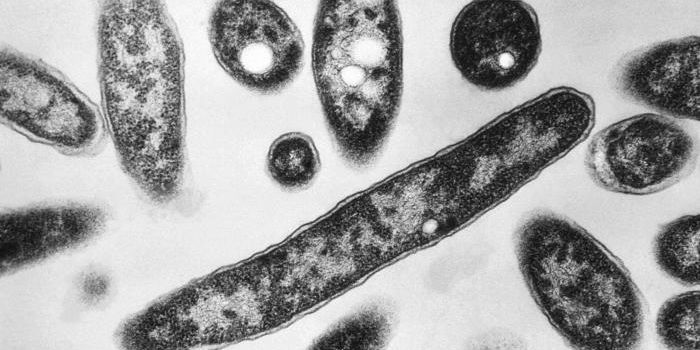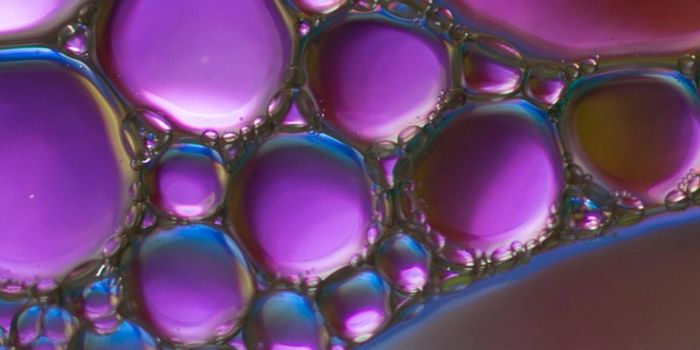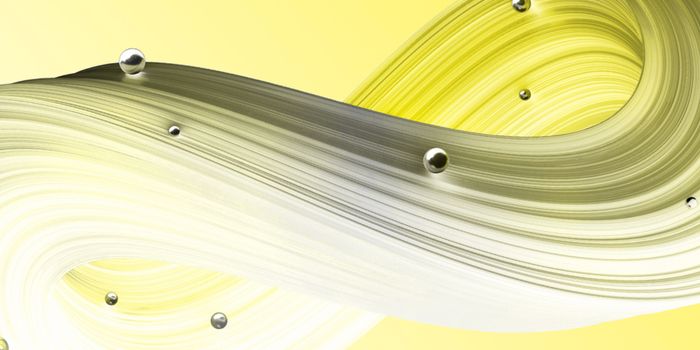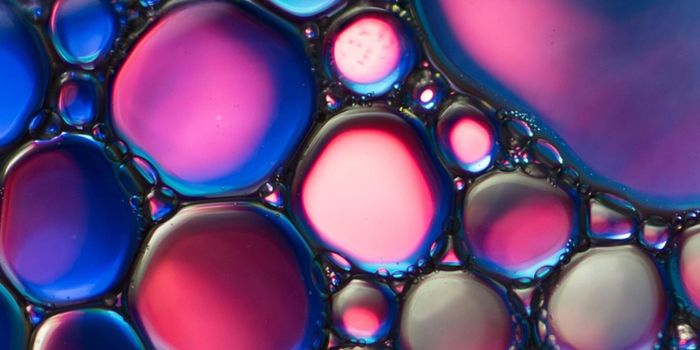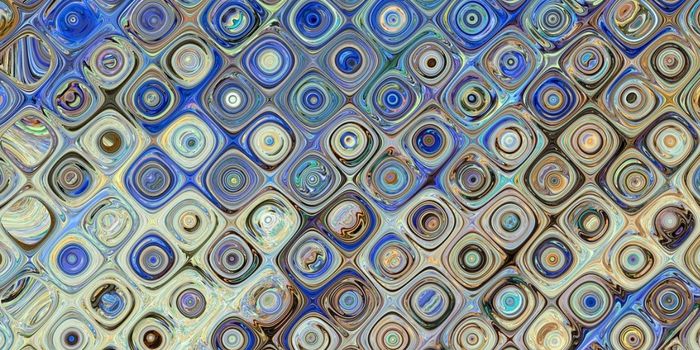Watching RNA Folding As Its Being Made
Once thought of primarily as an intermediary between the coding portions of DNA and proteins, our understanding of RNA and its many functions has expanded greatly. While some types of RNA are indeed essential for the process of creating proteins from DNA, there are many other types of RNA that have other functions, such as regulating gene expression.
New work has revealed more about how RNA molecules are folded so they will fit into different parts of cells and into various places where they have to carry out their functions. Reporting in Molecular Cell, this work could help us gain a better understanding of diseases that arise when RNA is dysfunctional, like spinal muscular atrophy, for example.
"RNA folding is a dynamic process that is fundamental for life," said study co-leader Julius B. Lucks, an associate professor of chemical and biological engineering at Northwestern's McCormick School of Engineering. "RNA is a really important piece of diagnostic and therapeutic design. The more we know about RNA folding and complexities, the better we can design treatments."
In this work, the researchers created computational and technological tools that enabled them to capture information about RNA as it’s being made and formed into a three-dimensional structure. This data was collated and used to create movies of RNA folding while the cellular machinery makes it. These movies may be the first to truly show how RNA folds, without making potentially erroneous assumptions or estimates.
"The information that we give the algorithms helps the computer models correct themselves," Lucks noted. "The model makes accurate simulations that are consistent with the data."
The videos revealed how RNA might fold in unexpected and surprising ways, like by tying itself in knots and then untying itself into its final structure.
"Folding takes place in your body more than 10 quadrillion times a second," Lucks said. "It happens every single time a gene is expressed in a cell, yet we know so little about it. Our movies allow us to finally watch folding happen for the first time."
The researchers modeled the folding of an ancient RNA called SRP, which is known to have a specific hairpin structure. They found that the molecule knots itself and then unties the knot rapidly. Next, it quickly flips into its final form with a pathway known as toehold mediated strand displacement.
"To the best of our knowledge, this has never been seen in nature," Lucks said. "We think the RNA has evolved to untie itself from knots because if knots persist, it can render the RNA nonfunctional. The structure is so essential to life that it had to evolve to find a way to get out of a knot.”
Sources: AAAS/Eurekalert! via Northwestern University, Molecular Cell



